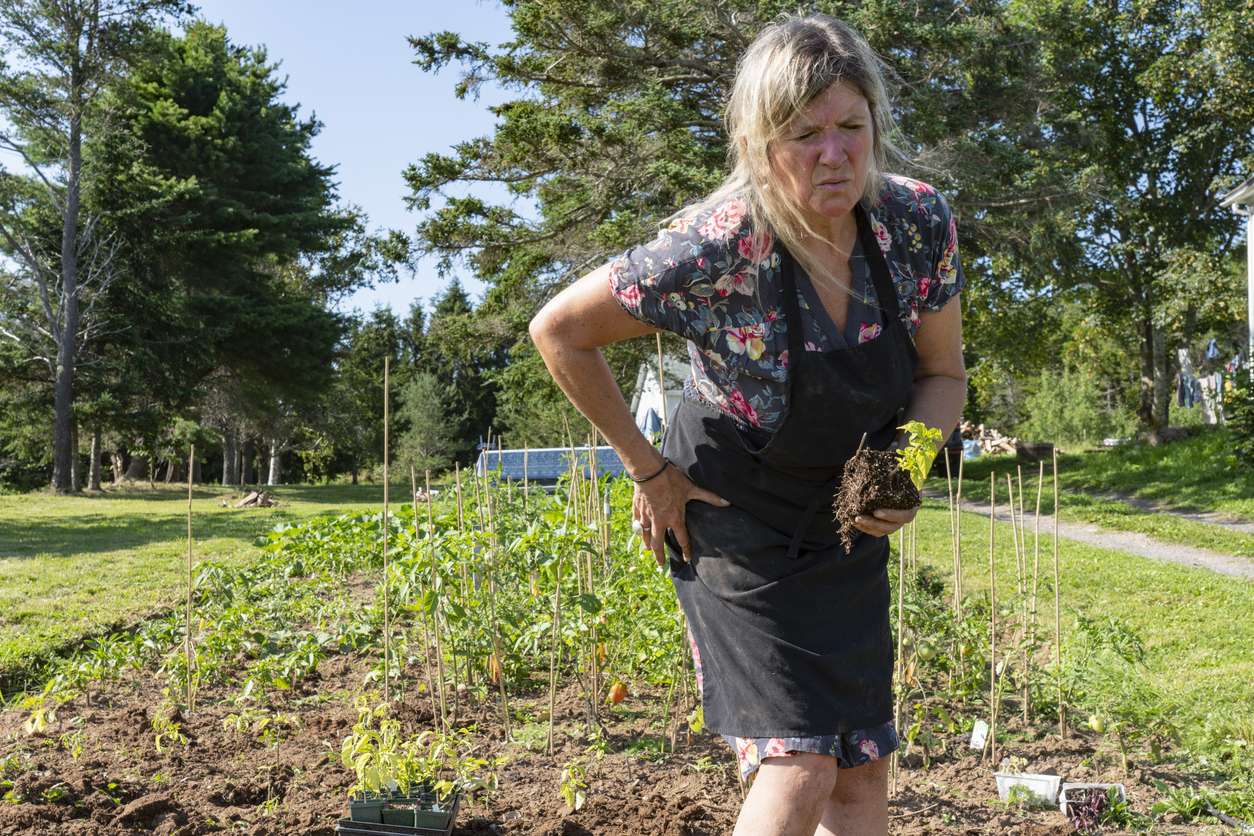Integrating lighting and safety features into outdoor layouts
Effective outdoor lighting and safety planning make patios, decks, and garden areas usable after dark while reducing hazards and maintenance needs. This article outlines practical strategies for combining lighting, drainage, plant choices, and routine care so outdoor spaces remain functional, attractive, and safer for household members and visitors.

How to light patios and decks
Good lighting on patios and decks balances visibility with atmosphere. Use layered lighting: task lights for cooking or reading, step and perimeter lights for circulation, and accent lights for focal points. Choose fixtures rated for outdoor use and positioned to avoid glare into living areas or neighbors’ windows. Low-voltage LED options reduce energy use and heat, and dimmers or smart controls can adapt brightness for different activities. Integrating wiring into hardscaping or using surface-mounted conduit keeps runs tidy and minimizes tripping hazards while simplifying later maintenance.
Hardscaping, drainage, and pathways
Hardscaping choices affect both safety and lighting effectiveness. Materials such as pavers, concrete, and gravel require appropriate grading for drainage to prevent pooling and slippery surfaces. Pathways should be well-defined with step edges illuminated using in-grade or bollard lights to guide foot traffic. Consider textured finishes where appropriate to improve traction. Lighting placement should avoid creating deep shadows that hide uneven surfaces; even, low-angle illumination helps reveal changes in elevation and reduces the risk of trips and falls.
Landscaping with native plants and permaculture
Selecting native plants and permaculture principles can simplify maintenance and support ecosystem health while influencing safety and lighting needs. Denser plantings should be kept away from walking zones and lighting fixtures to prevent fire hazards and to keep sightlines clear. Choose species that do not overhang paths or obscure sensors and lights. Group plantings so that accent lighting highlights specimen plants without creating blind spots. Native plants often require less irrigation and care, reducing clutter and maintenance work that can otherwise increase safety risks.
Irrigation, soil, mulch, and planting
Irrigation layout and soil management tie directly into safe outdoor design. Position irrigation lines and drip systems away from high-traffic areas and mark any valve boxes to prevent accidental trips. Use mulch to suppress weeds and protect soil, but keep mulch clear of direct contact with lighting fixtures and hard edges to reduce mold growth and fire potential. Proper soil amendments enhance plant health and reduce the need for frequent interventions; stable, well-planted borders are less likely to erode into pathways, helping lighting remain effective by preserving intended sightlines.
Pests, maintenance, and long-term safety
Routine maintenance is essential to sustain both lighting performance and general safety. Keep fixtures and lenses clean so illumination remains consistent; trim vegetation so plants don’t block lights or create hiding places for pests. Monitor for pests that can damage wiring or wooden deck components, and address infestations promptly to prevent structural weakening. Regularly inspect drainage paths, handrails, and non-slip surfaces; quick fixes to loose boards or uneven pavers reduce risks more effectively than waiting for larger repairs.
Composting and integrating features
Composting and other yard systems can coexist with lighting and safety measures when planned thoughtfully. Site compost bins away from walkways and ensure they do not block sightlines or access to lighting controls. If composting attracts wildlife in your area, position food-scrap bins and compost piles away from high-traffic zones and secure them to reduce encounters. Integration extends to combining electrical runs with other utilities where allowed by code—grouping conduits can simplify future maintenance but should be performed by qualified installers to meet local regulations.
Conclusion Bringing lighting and safety elements into outdoor layouts requires a holistic approach: coordinate fixture selection and placement with hardscaping and planting choices, plan irrigation and drainage to protect walking surfaces, and build maintenance into design decisions. Thoughtful integration keeps patios, decks, and gardens more usable and reduces hazards over time, while thoughtful plant and material choices lower upkeep and support resilient outdoor spaces.





